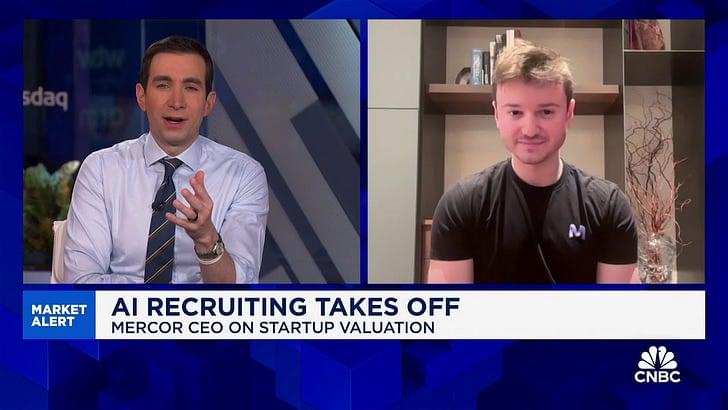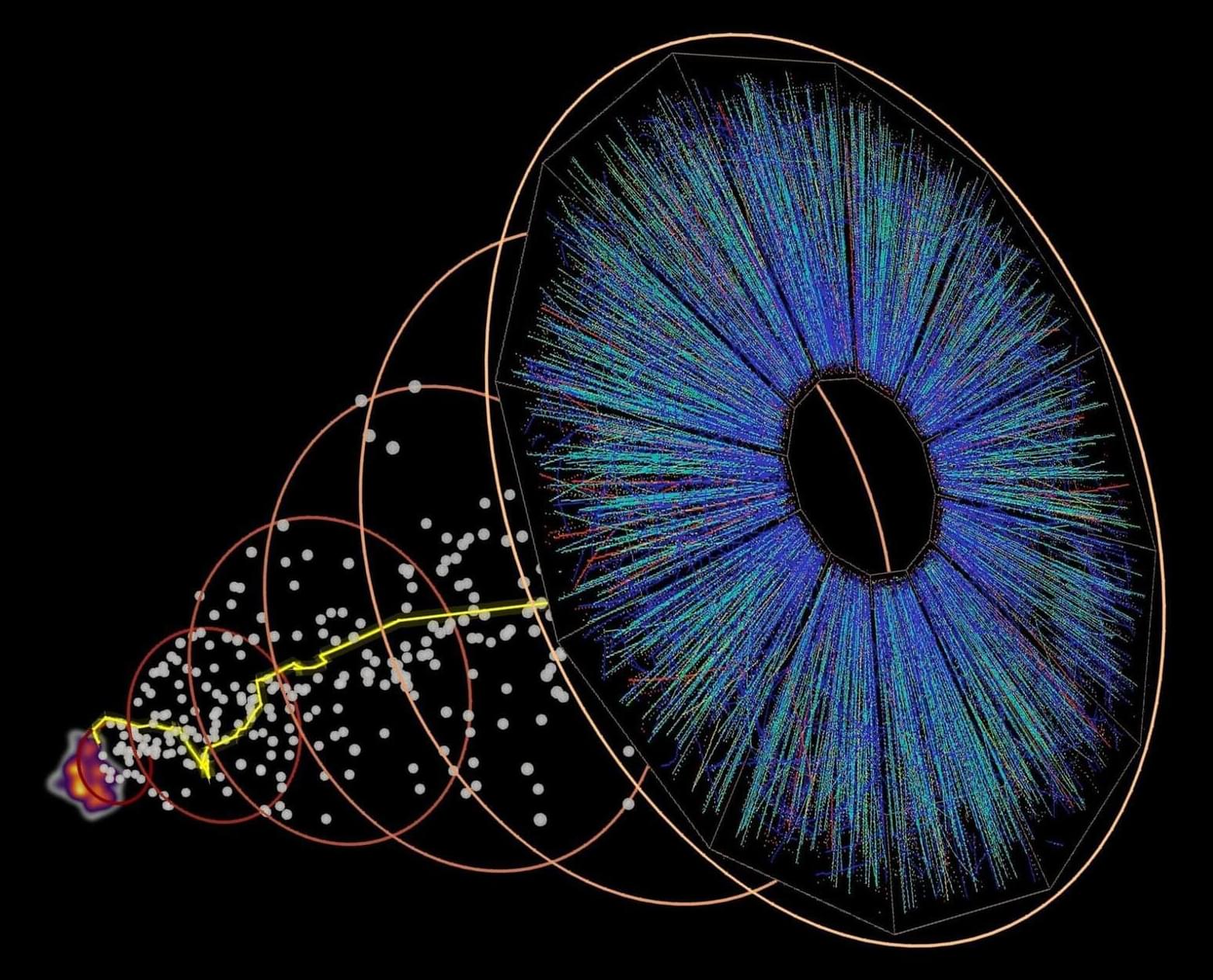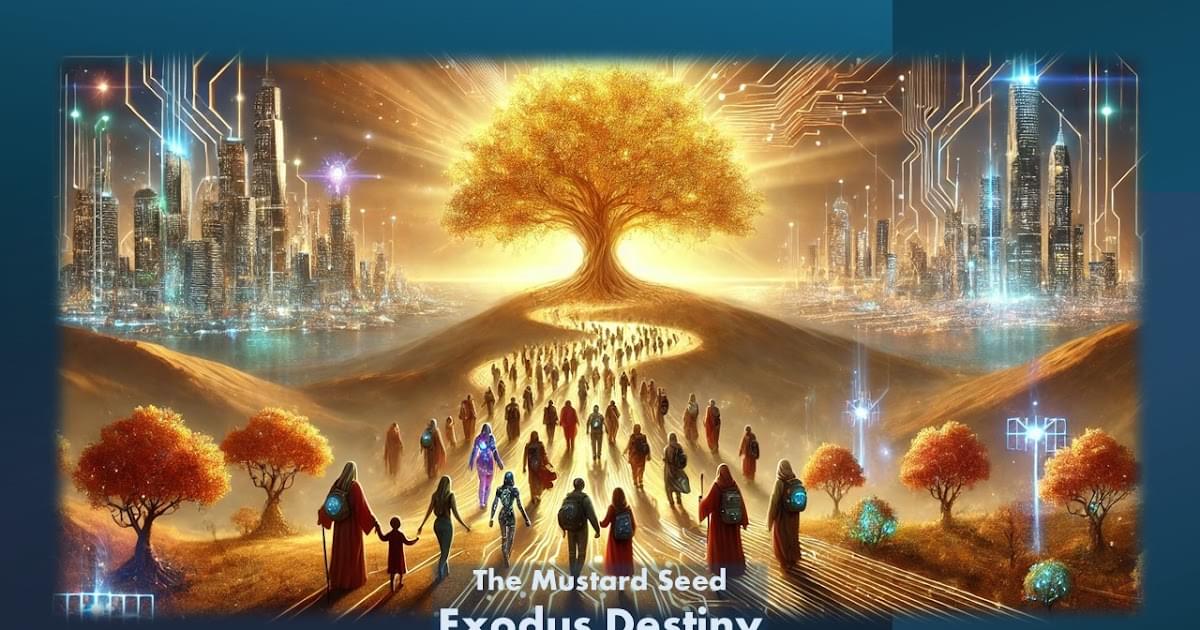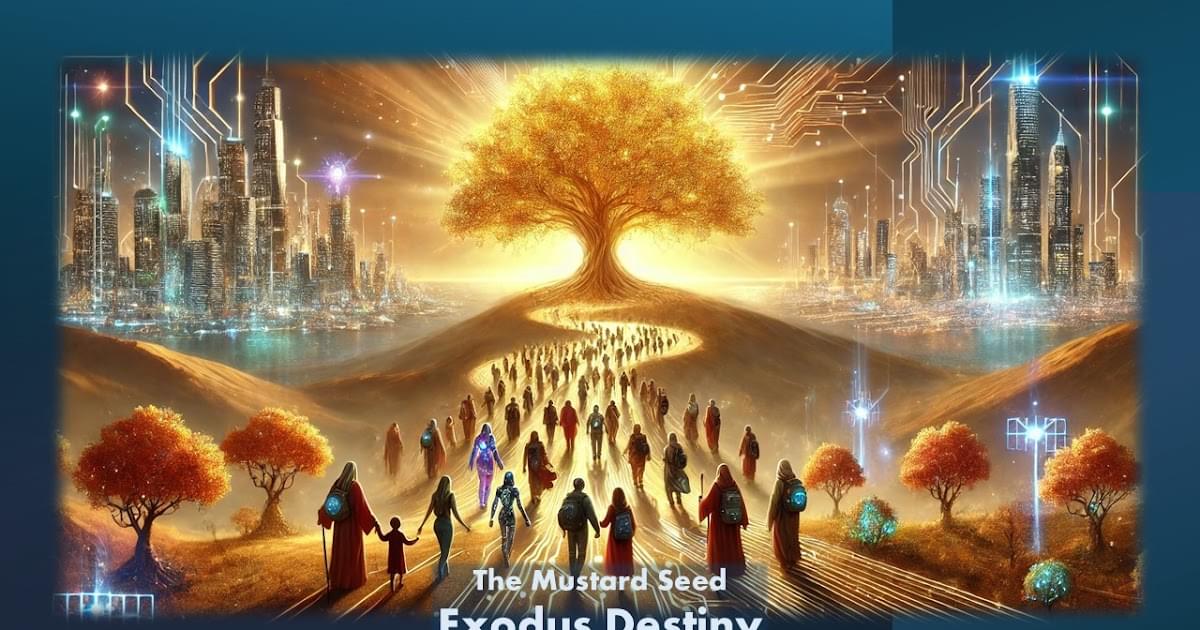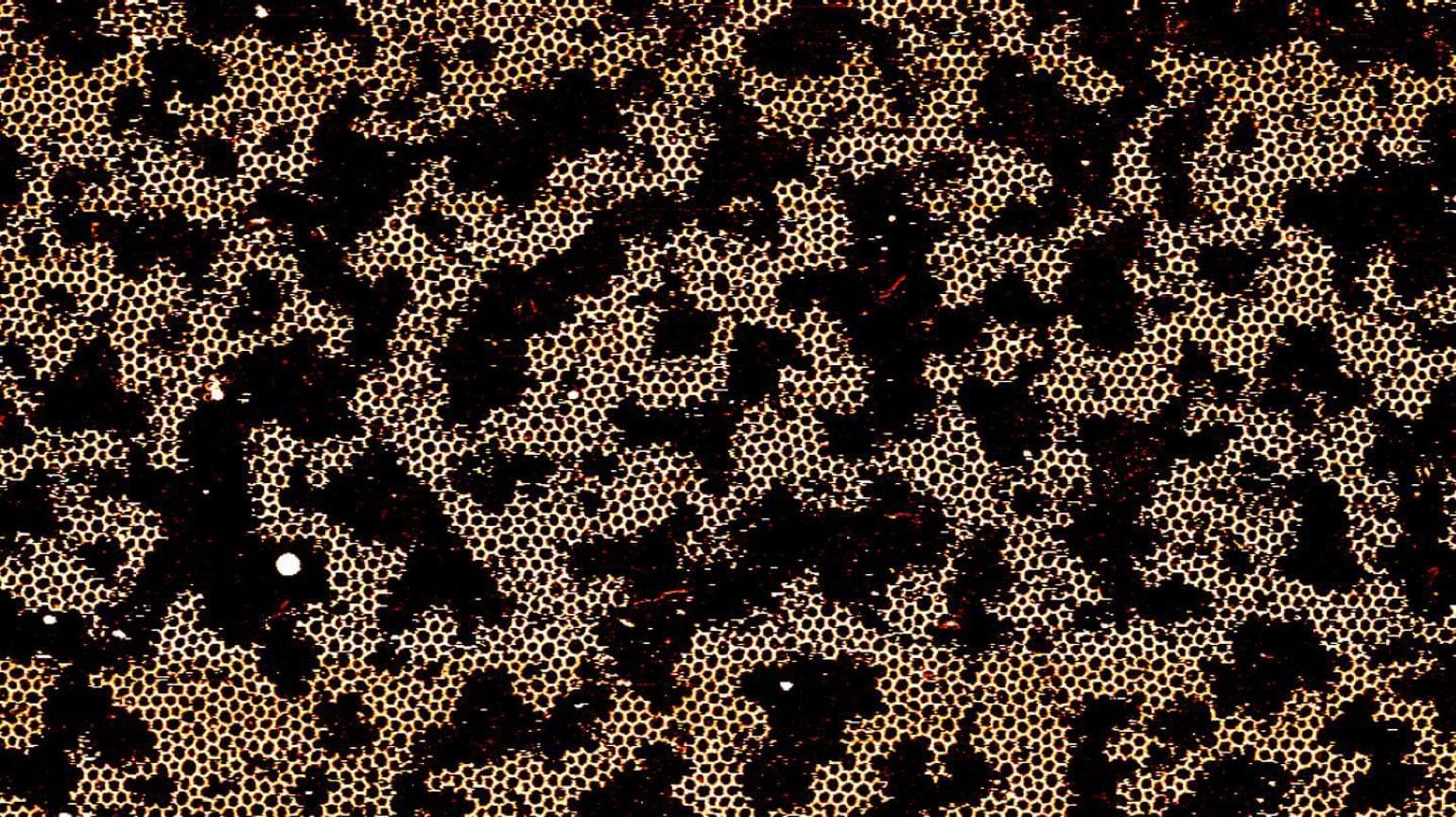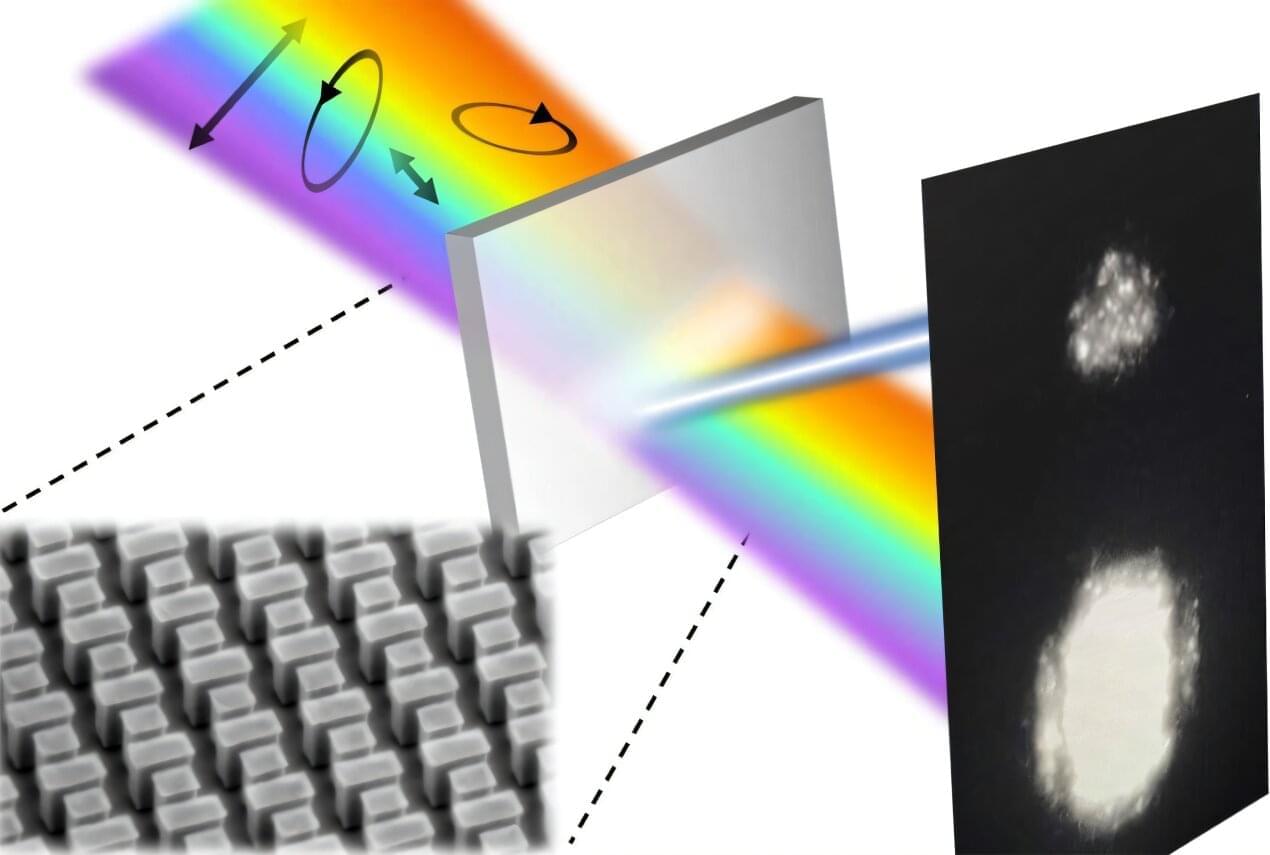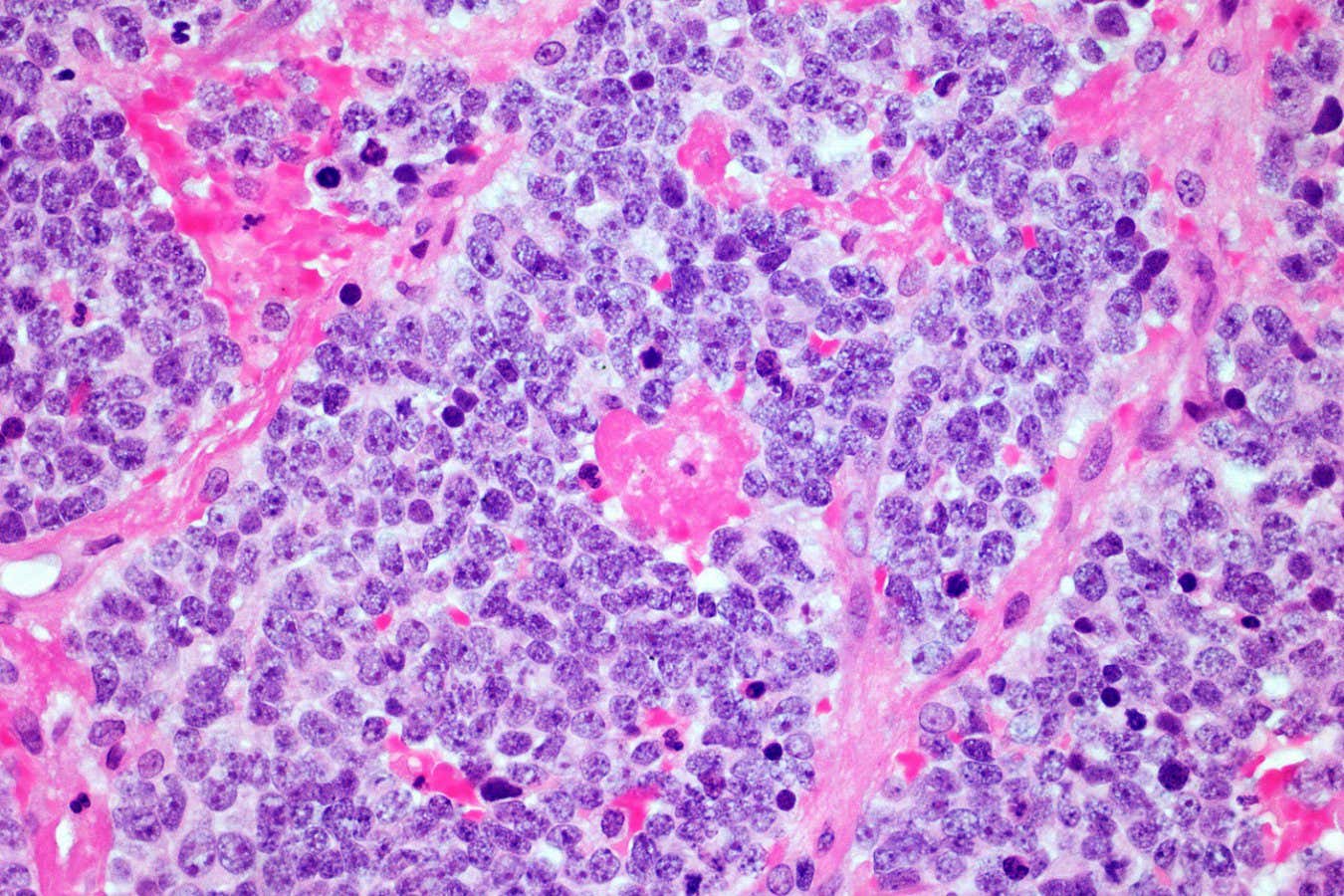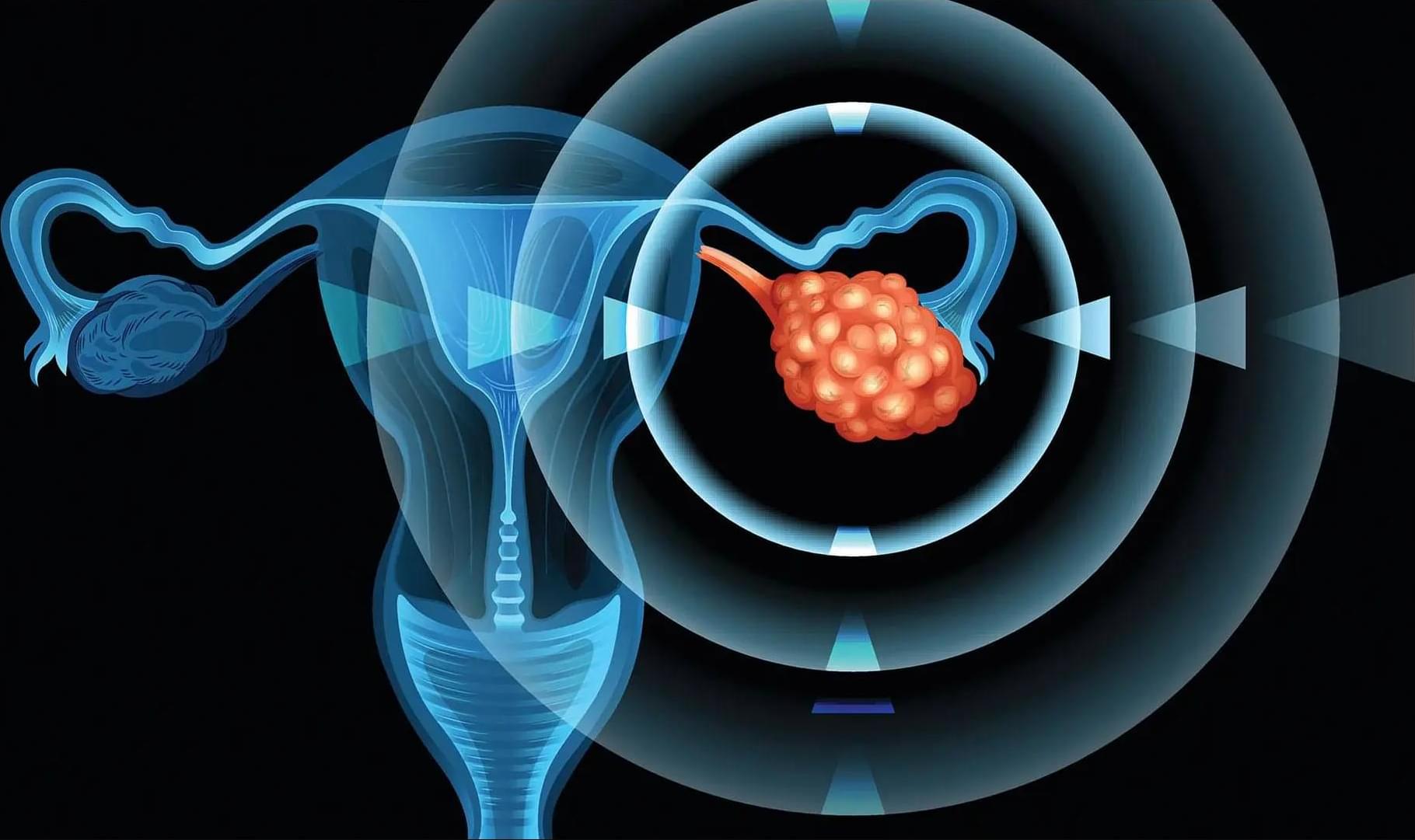In today’s AI news, Mercor, the AI recruiting startup founded by three 21-year-old Thiel Fellows, has raised $100 million in a Series B round, the company confirmed to TechCrunch. Menlo Park-based Felicis led the round, valuing Mercor at $2 billion — eight times its previous valuation. Existing investors Benchmark and General Catalyst, as well as DST Global and Menlo Ventures participated.
In other advancements, GPT-4.5 could arrive as soon as next week, as Microsoft gets ready to host OpenAI’s latest artificial intelligence models.
Microsoft engineers are currently readying server capacity for OpenAI’s upcoming GPT-4.5 and GPT-5 models. While OpenAI CEO Sam Altman acknowledged recently that GPT-4.5 will launch within a matter of weeks.
Then, OpenAI’s astounding growth rate potential is luring possible investors as questions loom over whether the startup will go public. “In terms of a multiple to pay for stock like ours, there’s incredible interest at the moment,” finance chief Sarah Friar told CNBC’s David Faber on Thursday. Its future growth potential has also enabled OpenAI to “achieve valuations that are on par with the growth rate of the scale” it is reaching.
S internal testing, it could mark a meaningful step forward for an all-purpose multimodal AI that can operate interactively in both real and digital spaces. + In videos, Figure is introducing Helix, a generalist Vision-Language-Action (VLA) model that unifies perception, language understanding, and learned control to overcome multiple longstanding challenges in robotics. A detailed report on Helix can be found in text accompanying the video.
